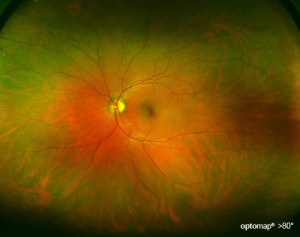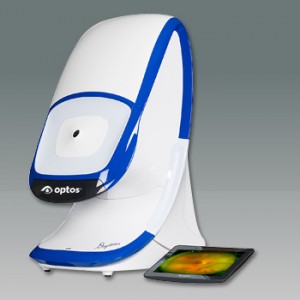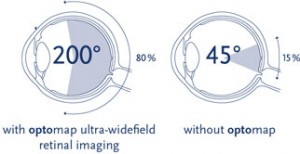
 ALL patients need the internal health of their eyes thoroughly evaluated every year as part of their comprehensive eye examination. The best way for us to perform this health evaluation is the optomap retinal examination. We recommend the optomap for every patient, every year.
ALL patients need the internal health of their eyes thoroughly evaluated every year as part of their comprehensive eye examination. The best way for us to perform this health evaluation is the optomap retinal examination. We recommend the optomap for every patient, every year.
The optomap is an instrument which takes an ultra-wide digital image of the back of the eye. We capture more than 80% of your retina in one panoramic image–that is saved for comparison from year to year. Traditional methods typically reveal only 10-15% of your retina at one time. Our ability to view your internal retinal health is dramatically improved with the optomap.
Lifetime Eyecare is proud to care for our patients with the optomap, the same technology used at facilities like the Scheie Eye Institute, the National Institutes of Health (NIH) and Walter Reed National Military Medical Center. Optomap is quickly becoming the standard of care for evaluating retinal health—in fact, the technology has been featured on shows like The Doctors.


